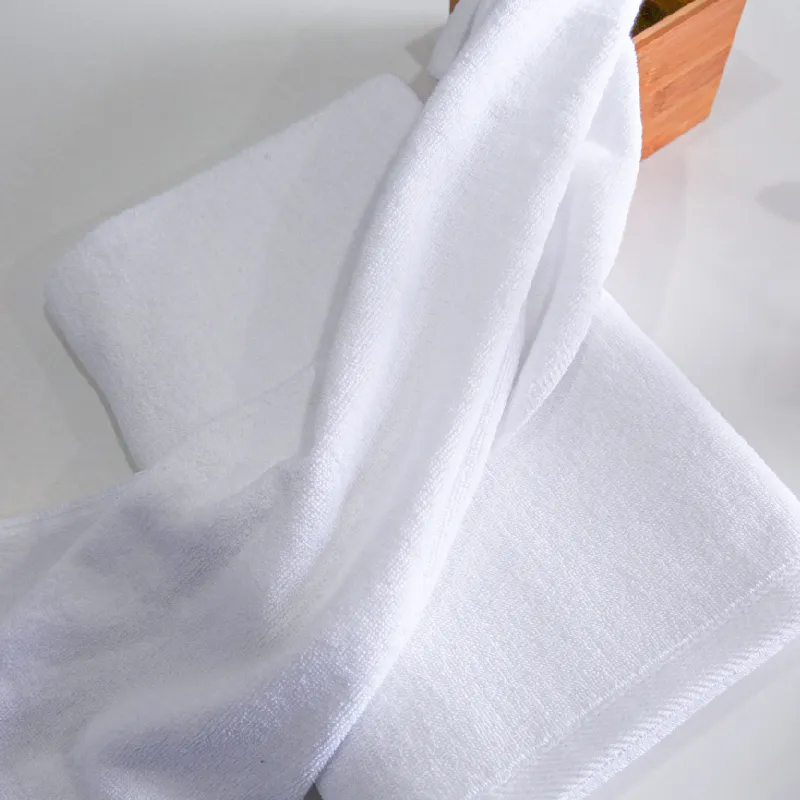Exploring Different Varieties of Bamboo Sheets for Your Home and Lifestyle
Types of Bamboo Sheets A Comprehensive Guide
Bamboo sheets have gained tremendous popularity in recent years due to their sustainable nature, luxurious feel, and multitude of benefits. Made from the pulp of the bamboo plant, these sheets are not only eco-friendly but also provide a soft and breathable sleeping surface. In this article, we will explore the various types of bamboo sheets available, highlighting their characteristics, benefits, and potential drawbacks.
1. Bamboo Viscose Sheets
Bamboo viscose, also known as bamboo rayon, is one of the most common types of bamboo sheets on the market. The manufacturing process involves dissolving bamboo pulp to create a fiber that is spun into yarn. The result is an incredibly soft and silky fabric that drapes beautifully.
Benefits - Softness Bamboo viscose is often compared to silk in terms of its softness. - Breathability The fabric naturally regulates temperature, making it suitable for both hot and cold climates. - Moisture-wicking Bamboo viscose can absorb moisture efficiently, which helps to keep you dry during the night.
Drawbacks - Durability Bamboo viscose sheets can be less durable than other materials and may require more careful laundering.
2. Bamboo Lyocell Sheets
Bamboo lyocell is another type of bamboo fabric that is becoming increasingly popular. The production process for lyocell involves a more environmentally friendly closed-loop system, which recycles water and solvents used in the process.
Benefits - Sustainability Lyocell is known for its eco-friendly credentials, as the production process uses less water and creates less waste. - Cooler feel Lyocell sheets often have a cooler touch than viscose, making them an excellent choice for warm sleepers. - Antimicrobial properties Bamboo lyocell has natural antimicrobial properties, promoting a cleaner sleeping environment.
Drawbacks - Higher cost Due to the more complex manufacturing process, lyocell sheets can be pricier than bamboo viscose options.
Some manufacturers produce blended bamboo sheets that combine bamboo fibers with other materials, such as cotton or polyester. These blends can offer a unique combination of benefits from each fabric.
types of bamboo sheets

Benefits - Cost-effective Blending bamboo with more affordable materials can make sheets more budget-friendly. - Enhanced durability The addition of cotton or polyester may increase the durability of the sheets, making them last longer. - Wrinkle resistance Blended sheets often wrinkle less than pure bamboo sheets, enhancing their appearance over time.
Drawbacks - Compromised softness The presence of other fibers may reduce the softness typically associated with bamboo sheets.
4. Organic Bamboo Sheets
Organic bamboo sheets are made from bamboo that has been grown without synthetic pesticides or fertilizers. These sheets are ideal for consumers who prioritize sustainability and health in their bedding choices.
Benefits - Chemical-free Organic bamboo sheets are free from harmful chemicals, making them a safer choice for sensitive skin. - Sustainability The production of organic bamboo is environmentally friendly, reducing the carbon footprint associated with traditional agriculture.
Drawbacks - Price Organic sheets can be more expensive due to the additional certifications and ethical practices involved in their production.
5. Sateen Bamboo Sheets
Sateen bamboo sheets are woven in a satin weave pattern, which gives them a luxurious sheen and a smooth feel. This type of weave creates a heavier fabric that drapes well.
Benefits - Luxury feel Sateen bamboo sheets have a premium feel that adds an air of elegance to any bedroom. - Less prone to wrinkling The weave tends to be less wrinkly than traditional percale.
Drawbacks - Temperature retention Sateen fabrics may retain heat more than other types, making them less ideal for warm sleepers.
Conclusion
Bamboo sheets offer a range of options to suit various preferences and budgets. From bamboo viscose to organic bamboo sheets, the diversity of available types means that consumers can find the perfect fit for their sleeping needs. When choosing bamboo sheets, consider factors such as softness, durability, price, and environmental impact to make an informed decision. With the right choice, bamboo sheets can provide a comfortable and sustainable sleeping experience for years to come.
-
Elevating Comfort and Quality with the Right Bed LinenNewsJul.07, 2025
-
Bedding Essentials: From Percale Sheets to White Quilts, Finding Your Perfect Sleep HavenNewsJul.07, 2025
-
Choosing the Right Bedding for a Comfortable and Stylish BedroomNewsJul.07, 2025
-
Understanding the Diverse World of Towel TypesNewsMay.29, 2025
-
The Ultimate Comfort: Discover the Benefits of Polycotton SheetsNewsMay.29, 2025
-
Experience Luxury with 1800 Brushed Microfiber SheetsNewsMay.29, 2025
-
Elevate Your Sleep with Luxurious Hotel Sheets for SaleNewsMay.29, 2025






